What type of box should I choose for jewelry packaging?
Feeling lost choosing jewelry boxes? The wrong box can make valuable items look cheap. Let's find the perfect fit for your brand and protect your beautiful pieces effectively.
The best choice often depends on your jewelry type, brand image, and budget. Rigid boxes offer excellent protection and a luxury feel, making them popular for high-value pieces. Consider folding cartons for budget options.[^4]
Choosing the right box is crucial for your brand's success. But there are many factors to think about. Let's explore the different types available to help you make a better decision.
What packaging is best for jewelry?
Overwhelmed by jewelry packaging choices? Picking the wrong one can hurt your brand's image and fail to protect the item inside. Let's break down what makes packaging truly "best."
The "best" packaging protects the jewelry, looks great, fits your brand identity, and meets your budget. For premium items, rigid boxes often provide the ideal mix of luxury feel and sturdiness, something we specialize in making machinery for at Kylin Machine.[^4]
!
When deciding on the best packaging, you need to balance several factors. Think about the journey the jewelry takes. Does it need to withstand shipping? Is it for display in a retail store? Or is it purely for gifting? Rigid boxes, which our machines like the Ky-420B produce efficiently, are fantastic for making a strong impression. They use thick paperboard, offering superior protection and a high-end feel. However, other options exist. Folding cartons are lighter and cheaper but offer less protection. Fabric pouches are soft and good for preventing scratches but offer little structural support. Metal tins can be durable and unique but might be costlier. I always advise clients to consider these trade-offs using a simple comparison:
| Feature | Rigid Box | Folding Carton | Pouch | Tin |
|---|---|---|---|---|
| Look & Feel | Premium, sturdy | Standard, lighter | Soft, flexible | Durable, unique |
| Protection | Excellent | Moderate | Minimal (scratch) | Good |
| Cost | Higher | Lower | Low to Moderate | Moderate to High |
| Best For | High-value items, gifts | Budget items, retail | Delicate items | Unique branding |
Ultimately, the "best" choice directly reflects your product's value and your brand's positioning.
What is the best material for jewelry boxes?
Does the box material really matter? Using cheap materials can make expensive jewelry seem less valuable, undermining your brand. Let’s explore the common material choices for jewelry boxes.
Paperboard is very common, especially for sturdy rigid boxes. Wood offers a classic look. Plastic is an option, while fabric linings add softness. The "best" material matches your brand's style, protection needs, and price point. Consider eco-friendly options too.

The material forms the foundation of the box's look, feel, and protective qualities. For the rigid boxes we see so often in luxury packaging, the core is usually a thick greyboard or chipboard. This provides the structure. This board is then wrapped with a cover paper, which can be textured, colored, printed, or have special finishes like foil stamping. The quality of both the board and the wrap, plus the precision of assembly – like using the right glue [^3] and achieving sharp, clean corners with grooving techniques [^2] – determines the final premium feel. Our Kylin machines are designed precisely for this high-quality construction [^4].
Other materials offer different aesthetics. Wood boxes give a timeless, natural feel but are generally more expensive. Plastic boxes range from cheap, clear containers to more designed acrylic cases. Metal tins provide durability. Inside the box, materials matter too. Soft linings like velvet, suede, or satin protect the jewelry from scratches and add to the luxurious unboxing experience. Foam inserts, often custom-cut, hold items securely. Consider sustainability as well; recycled paperboard and FSC-certified papers are increasingly popular choices.
How do you pack jewelry in a box?
Think just dropping jewelry in a box is enough? Items can get tangled, scratched, or look messy upon opening, ruining the customer experience. Let's learn proper packing techniques.
Secure the jewelry using inserts like foam or velvet pads with specific cuts. Ensure items don't move around. Add tissue paper for cushioning if needed. The goal is protection during shipping and an attractive presentation when opened.
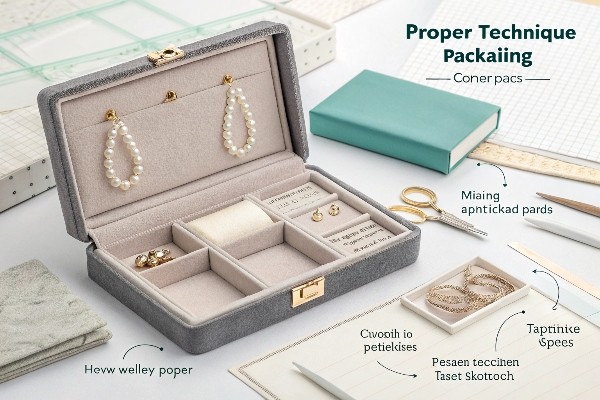
Proper packing inside the box is just as important as the box itself. The key is to immobilize the jewelry. You don't want a delicate necklace arriving tangled or a ring scratched because it rattled around. This is where inserts come in. Common types include:
- Foam Inserts: Often die-cut to the specific shape of the jewelry (e.g., slots for rings, outlines for pendants). Available in various colors.
- Velvet or Fabric Pads: These provide a soft surface and often have slits or loops to hold items.
- Cardboard Platforms: Sometimes used with elastic loops or ties to secure items.
Once the jewelry is secured in the insert, place it carefully inside the box. If there's extra space, consider adding a small amount of folded tissue paper for extra cushioning and a more premium feel. The aim is a snug fit. Don't forget the "unboxing experience." Little touches like a ribbon around the box, a branded sticker seal, or a small thank-you card can make a big difference. A well-constructed box, like the rigid boxes produced by our machines [^4], ensures this presentation holds up during handling and transport.Is it better to store jewelry in a box?
Wondering if storing jewelry loose is okay? Exposure can lead to tarnish, dust, tangles, and scratches, damaging your precious items over time. A box offers simple, effective protection.
Yes, storing jewelry in a box is much better. It shields pieces from dust, sunlight (which can fade some stones), moisture, and prevents scratches or tangling with other items. Lined boxes offer extra protection.
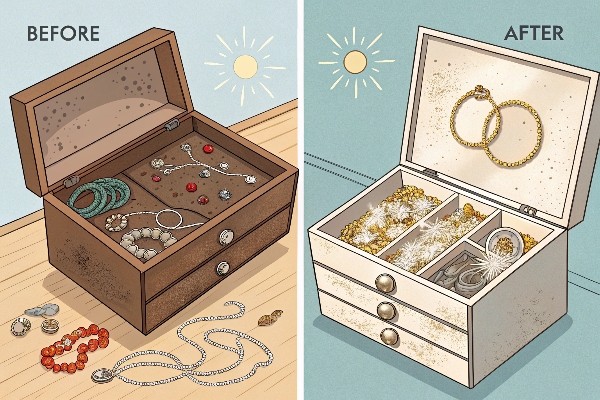
While we often focus on packaging for sale and gifting, how jewelry is stored long-term is also vital. Storing jewelry properly maintains its condition and value. Here’s why boxes are superior to leaving items loose: - Protection from Elements: Boxes shield jewelry from dust accumulation and direct sunlight, which can damage certain gemstones or materials over time. Some tightly closing boxes can also reduce exposure to air and moisture, slowing down tarnish on metals like silver.
- Prevents Physical Damage: Keeping pieces separate in compartments or their original packaging box prevents them from scratching against each other. This is especially important for softer metals or gemstones. Tangling, particularly with necklaces, is also avoided.
- Organization: A jewelry box, especially one with compartments, makes it easy to find the piece you want to wear. It keeps your collection tidy and accessible.
The original packaging box, particularly a sturdy rigid box 1, can often double as a good storage solution for individual pieces. For larger collections, dedicated jewelry storage boxes with multiple compartments and soft linings are ideal. Using a box is a simple habit that significantly extends the life and beauty of jewelry.Conclusion
Choosing jewelry packaging involves balancing looks, protection, cost, and brand identity. Rigid boxes are an excellent choice for conveying quality. Proper packing and storage are key to preserving jewelry.
For businesses looking to produce high-quality rigid jewelry boxes efficiently, explore the machinery solutions offered by Kylin Machine at www.kylinmachines.com. I'm Jacob, and we specialize in providing the technology you need.
-
Information about Kylin Machine's Auto Rigid Box Machine (e.g., Ky-420B), suitable for producing high-quality jewelry boxes and other rigid packaging. ↩


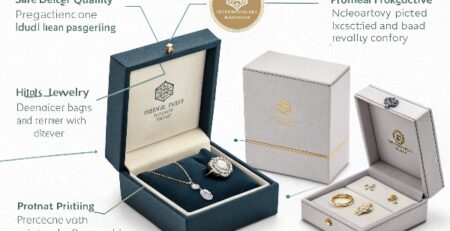
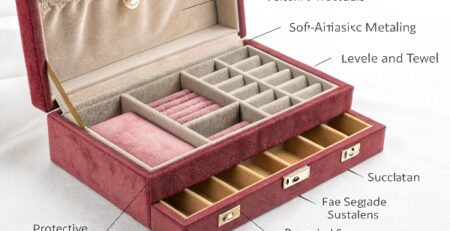
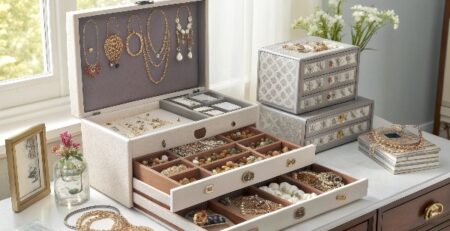
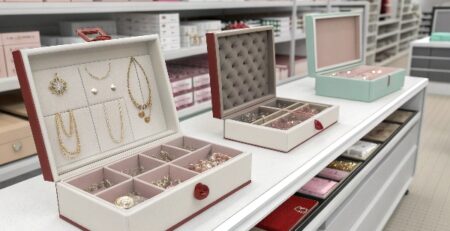
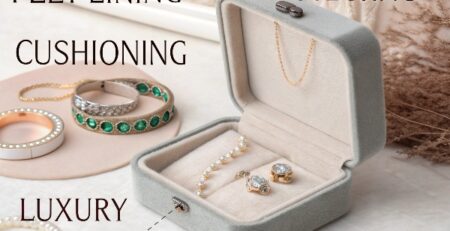
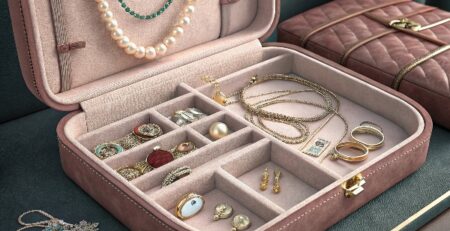
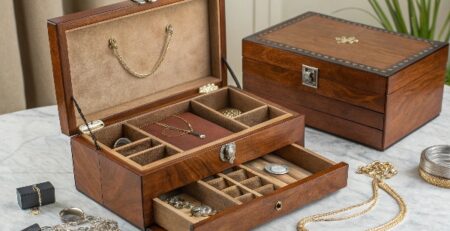


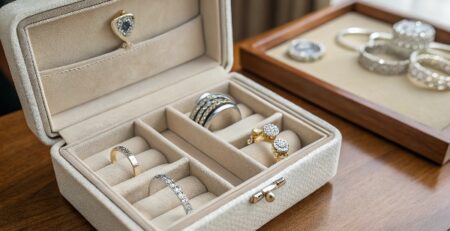
发表回复